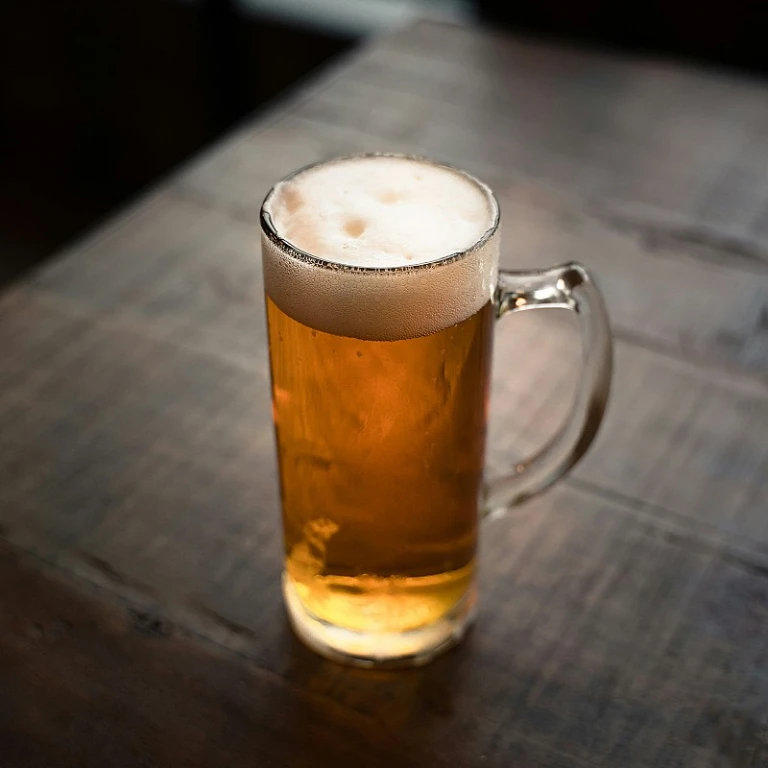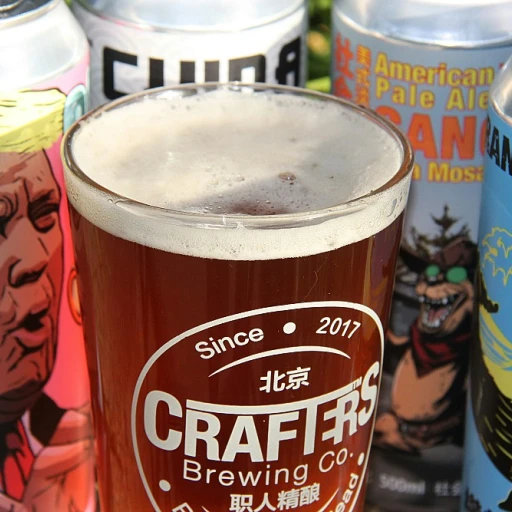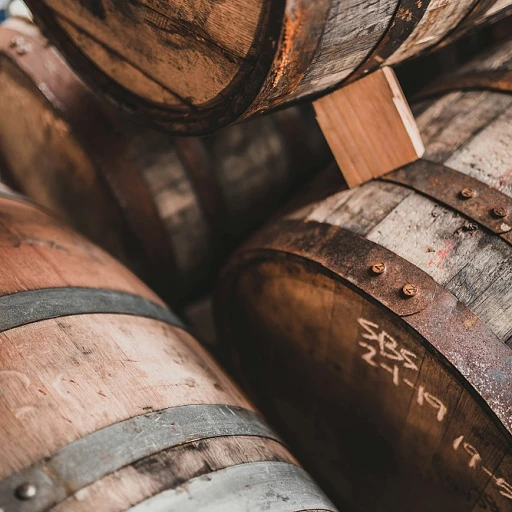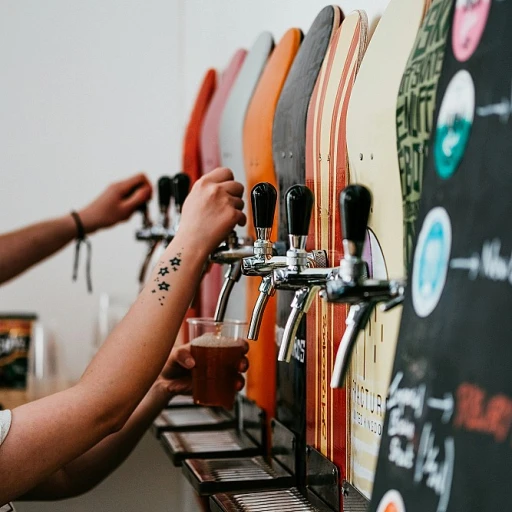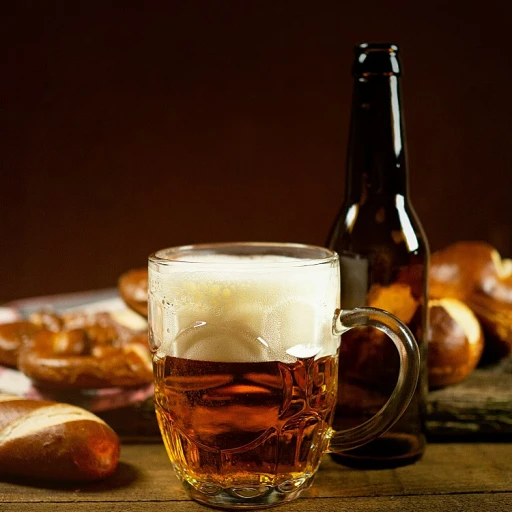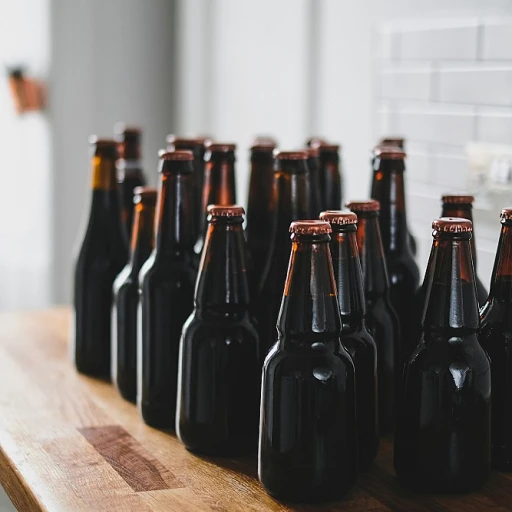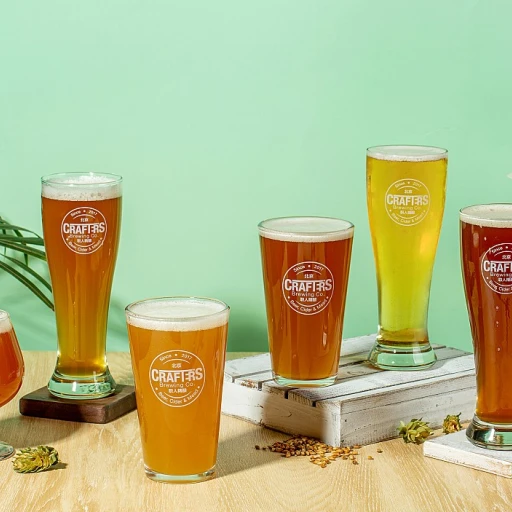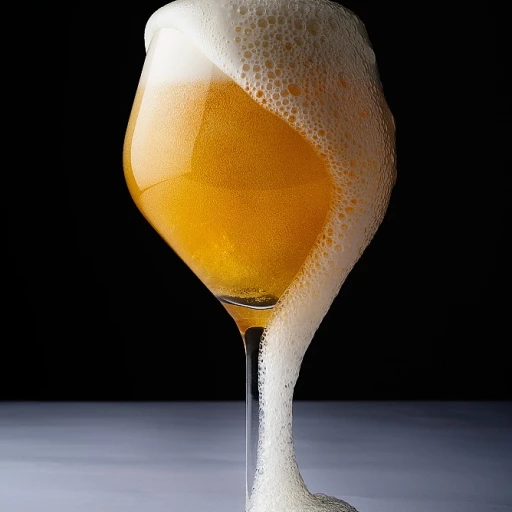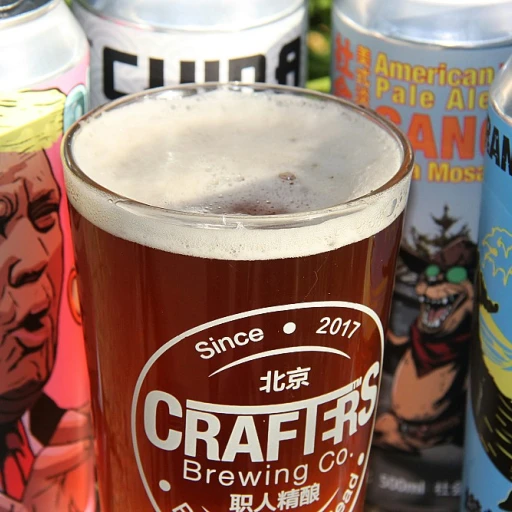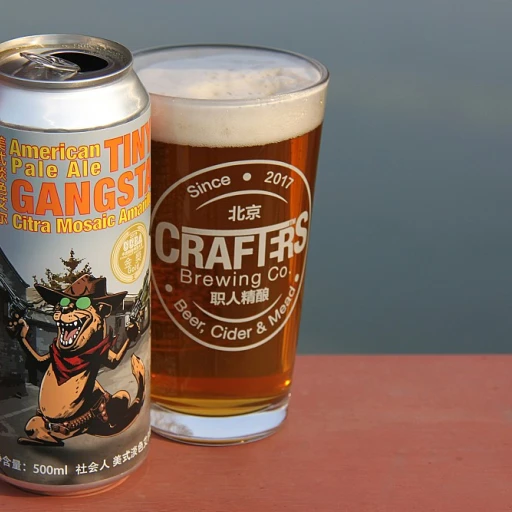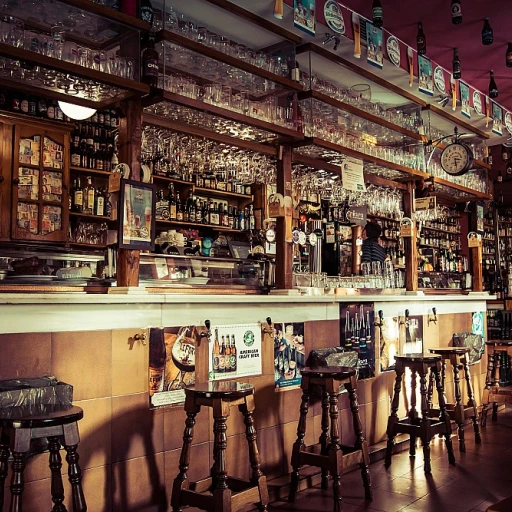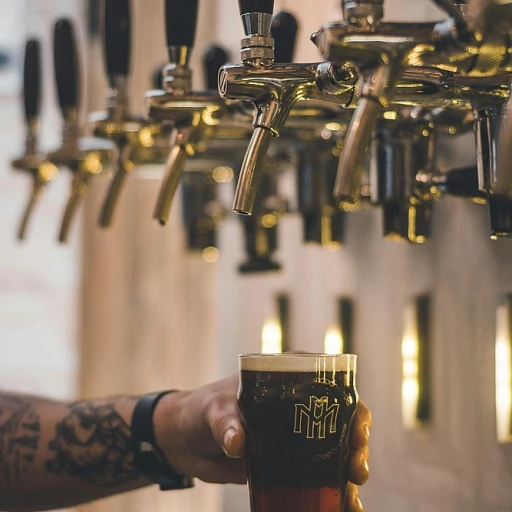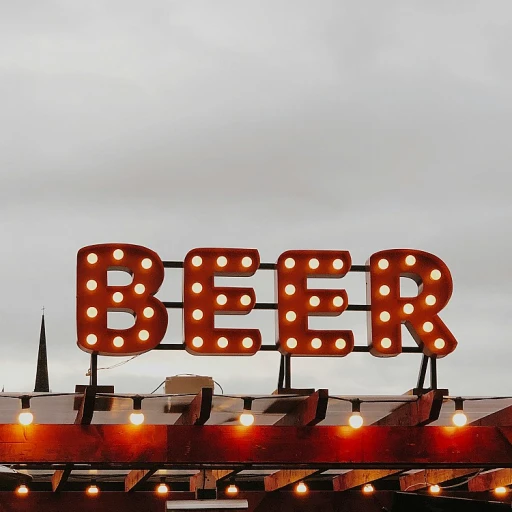Understanding Different Types of Kegs
Recognizing the Options: Understanding Keg Types
When it comes to purchasing a keg, the first step is understanding the various types available. Kegs come in different sizes and are designed for different systems, making it crucial to know which one will suit your needs best.- Full-sized Kegs: Often referred to as half barrels, these kegs are the most common, holding approximately 15.5 gallons. They're widely used for large gatherings and offer the advantage of serving a significant number of people. Perfect for big events, but make sure you have enough space and the right equipment for tapping.
- Pony Kegs: Also known as quarter barrels, these kegs hold around 7.75 gallons. They're ideal for medium-sized parties or gatherings, providing a manageable quantity of beer without overwhelming space requirements.
- Cornelius Kegs: Originally used for soda, these kegs are popular in homebrewing. They hold approximately 5 gallons and are convenient for storing craft beer and small-batch brews at home.
Knowing the Keg Systems: Compatibility Matters
There are different keg tap systems, and knowing what type you have or need is important. Common systems include the Sankey system, which is predominant in the US for commercial kegs, and the ball lock or pin lock systems typically found in Cornelius kegs. Ensure your tapping equipment matches your keg type to avoid the frustration of not being able to pour your beer properly. Understanding the types of kegs and their systems will help guide your decision when selecting a beer that aligns with your event's requirements. Whether you're planning to host a fun local event like a corn maze beer fest or just stocking up for a home party, choosing the right keg is essential to ensuring a smooth beer experience.Choosing the Right Beer for Your Keg
Consider the Flavor Profile
When selecting the right beer for your keg, it's essential to think about the flavor profile that suits your occasion and audience. Are you hosting a barbecue with friends who enjoy a refreshing lager, or is it a holiday party where a rich, full-bodied stout might be more appropriate? Understanding the different varieties available can help you make a more informed choice, leading to a satisfying experience for everyone.
Assessing Personal Preferences
Take the time to evaluate your own and your guests' beer preferences. If you know your crowd appreciates craft beers, explore unique local options or seasonal specialties. If you're catering to a more diverse group of beer enthusiasts, a classic pale ale or pilsner might be a safer bet that pleases more palates.
Explore Local and Seasonal Options
Local breweries often have seasonal beers or limited edition releases that can be exciting to offer at your event. Visiting local breweries not only provides you a chance to sample these specialties beforehand but also supports small businesses. You may find some hidden gems that can add a special touch to your gathering.
Think About Pairing Foods
The choice of beer can significantly complement your food selection. Consider lighter beers for lighter foods like salads and seafood, while heartier beers like porters and IPAs can enhance the flavors of grilled meats and spicy dishes. Creating a harmonious pairing can elevate the overall enjoyment of your event.
Find More Tips Online
If you're still unsure about what beer to select for your keg, you can find more guidance online. For example, some platforms provide valuable insights on finding the perfect beer keg nearby, which can be helpful in making your ultimate decision.
Where to Buy a Keg Near You
Local Retailers and Beer Distributors
Finding the best place to purchase a keg near you can be quite straightforward if you know where to look. Start your search by visiting local retailers such as liquor stores, party supply shops, or larger grocery stores with a well-stocked beer department. These establishments often have a selection of popular keg sizes and types in stock. Additionally, many beer distributors offer kegs directly to consumers, providing numerous options for different brands and styles.
Online Keg Suppliers
For those who prefer the convenience of shopping from home, online keg suppliers can be a fantastic resource. These websites typically offer a wide range of kegs and can deliver them directly to your doorstep. Keep in mind that delivery availability and times might vary based on your location, so planning ahead is essential to ensure your party plans are smooth and uninterrupted.
Contacting Local Breweries
Exploring local breweries in your area can also lead you to some fantastic keg options. Many breweries sell kegs directly to customers, allowing you to enjoy their fresh and unique offerings. This is also a great opportunity to support local businesses and perhaps even discover a new favorite beer. Additionally, breweries might offer tips for storing and tapping your keg to maximize your enjoyment.
For additional tips on beer and drink enjoyment, check this guide on essential drink accessories.
Tips for Storing and Tapping Your Keg
Proper Storage Conditions for Your Keg
When you've finally brought that luscious keg of beer home, it's essential to store it correctly to maintain its quality and freshness. Keep your keg in a cool, dark place where the temperature remains stable, ideally between 36-40°F (2-4°C). This ensures that the beer inside retains its intended flavor profiles, as mentioned in choosing the perfect beer. Additionally, avoid exposing your keg to direct sunlight or extreme temperatures, as they can spoil the nectar inside and change its taste dramatically.Effective Tapping Techniques
Tapping a keg might seem daunting initially, but with a little practice, you'll become a pro in no time. First, make sure the keg is chilled before tapping, as this prevents foaming and ensures a smoother pour. Attach the tap by aligning it with the keg's fitting, then fasten it securely. Once you’ve sealed it tightly, gently push the handle down to tap into your delicious beer. Remember, pouring at the right angle will help reduce foam, giving you a perfect pint every time.Maintaining Freshness Once Tapped
Once your keg is tapped, you’ll want to enjoy it within its optimal timeframe to savor the flavors at their best. Try to consume the beer within two to three days if using a hand-pump system, which introduces air into the keg and can cause the beer to go flat faster. For a longer-lasting tapping, using a CO2 system is beneficial as it keeps the beer fresh for up to a couple of weeks. Understanding different types of kegs can guide you in selecting the right system for optimal beer enjoyment.Exploring Local Breweries and Their Offerings
Get in Touch with Your Local Breweries
Embarking on a journey to discover what your local breweries have to offer can not only lead you to the perfect keg but also support your local beer community. By choosing to explore local options, you have the opportunity to sample unique brews crafted closer to home.
Reaching out to nearby breweries can provide valuable insights into their specialties and any seasonal or exclusive kegs they might have. Most breweries take pride in selling their products directly. They often offer a range of kegs of different sizes, allowing you to choose what fits best for your event or personal enjoyment. Plus, breweries usually have knowledgeable staff eager to recommend pairings or suggest tasting sessions for a more personalized experience.
Benefits of Buying Directly from Breweries
- Access to speciality and seasonal beers not available in larger distributors.
- Potential for fresher beer directly from the source.
- Opportunities to learn more about beer tasting and brewing processes.
When selecting a keg, consider previous steps such as understanding the keg sizes and choosing the beer that best suits your palate or event theme. This can help inform your decisions when interacting with local breweries.
To make the most of your experience, plan a visit or call ahead to inquire about what they currently have available and any upcoming events where you might get to taste their offerings firsthand. Local festivals or tasting events often provide a platform to engage with multiple breweries at once.

